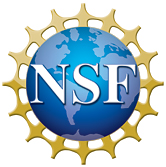


| Location and travel instructions: click here | A picture of the room: click here | Parking instructions: click here | Restaurant information: click here |
| Meeting logistics (no schedule here): click here | Todd's Stuffed Animal Notification System: click here | AllAnswered.com Forum: click here | Titles and abstracts: click here |
Organizing Committee